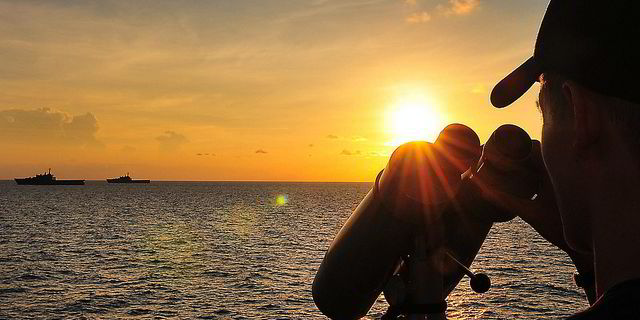On Friday the Greek operator indicatedit continues to believe that the 74,998-dwt Kerala(built 2009) was hijacked by pirates.
In a statement it said it is workingwith “relevant authorities and agencies” to establish communication with theship and “ascertain its condition”.
The company was also quick to point outthat management remains “committed to the safety” of the crew and theenvironment in addition to the vessel itself.
The product tanker made international headlinesearlier this week in the wake of reports that it may have been taken bypirates.
Dynacom says communication with thevessel has been lost since 18 January but has not commented on how many crewmembers were on board when it vanished.
Angolan state oil firm Sonangol,however, has since come forward as the charterer of the Kerala and claims thereare 27 seafarers on board.
Bruce Paulsen, an attorney who specialises in thelegal aspects of piracy, says he was surprised to learn about a suspected attackthis far south but noted the geography of the region could make it difficult tolocate the Kerala even though it is relatively large ship.
“It is possible to hide ships off West Africa,” he explainedin a brief interview with TradeWinds Friday evening. “Shipowners in default ontheir mortgages used to hide vessels there with some regularity to avoidcreditors.”
Experts weigh in
Paulsen, a partner at US law firm Seward & Kissel,says there’s a strong chance that Dynacom or its response consultants will hearfrom the vessel within a matter of days if it has been hijacked by pirates whoare seeking a ransom.
“Blackout periods are intended to make the ownersweat,” he said. “When pirates take ships there is often an immediateindication of an attack and then a period of silence. In Somalia this has been astandard operating procedure intended to scare the owners and families.”
Paulsen admits it’stoo early to determine whether the disappearance of the Kerala is indicative ofan emerging trend. While there has been a surge in attacks inthe oil rich waters off West Africa, most incidents have taken place well northof where the ship vanished.
A recent report by the International Maritime Bureau highlighted more than40 attacks in the region during the first three quarters of last year with 132crew taken hostage and seven vessels hijacked.
The Gulf of Guineaaccounted for all of the crew kidnappings worldwide. Nigeria, the main source ofpiracy off West Africa, accounted for 29 incidents, including two hijackings,11 boardings, 13 vessels fired upon and three attempted attacks.
Background
As wereported the Dynacom is no stranger to piracy. Its 157,000-dwt suezmax tanker Smyrniwas hijacked in May 2012 and remains the last ship successfully takenby Somali pirates.
Likemany owners whose shares are publicly traded, affiliate Dynagas LNG Partnerswarned investors about the risks associated with piracy when it lined up a NewYork listing last year but did not single out West Africa as an area ofconcern.
“Since 2008, the frequency of piracy incidents againstcommercial shipping vessels has increased significantly, particularly in theGulf of Aden and off the coast of Somalia,” it wrote in the risk section of aprospectus filed back in October.
Sonangol says the Angolan coast guard isamong the agencies that are searching for the Kerala, which loaded a cargo of dieselfor Sonangol Shipping at the port of Luanda before it went missing nearly aweek ago.
The Kerala, which has been trading inthe region for several years, is flagged in Liberia, classed by Bureau Veritasand maintains protection-and-indemnity coverage with the Standard P&I Club,according to the Equasis database.




